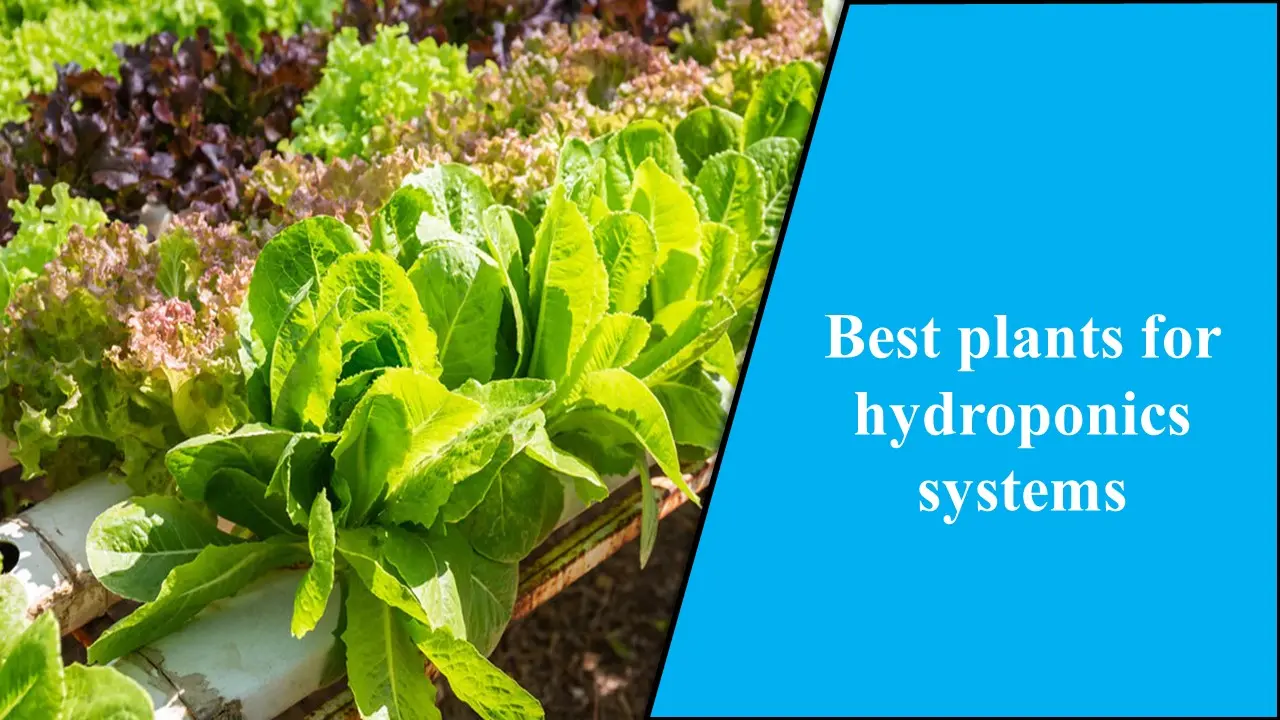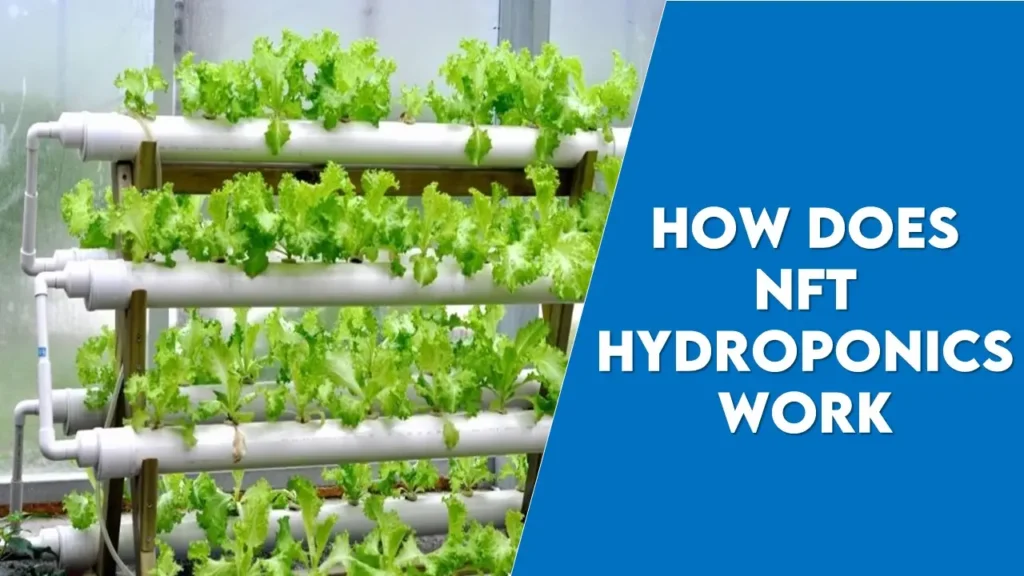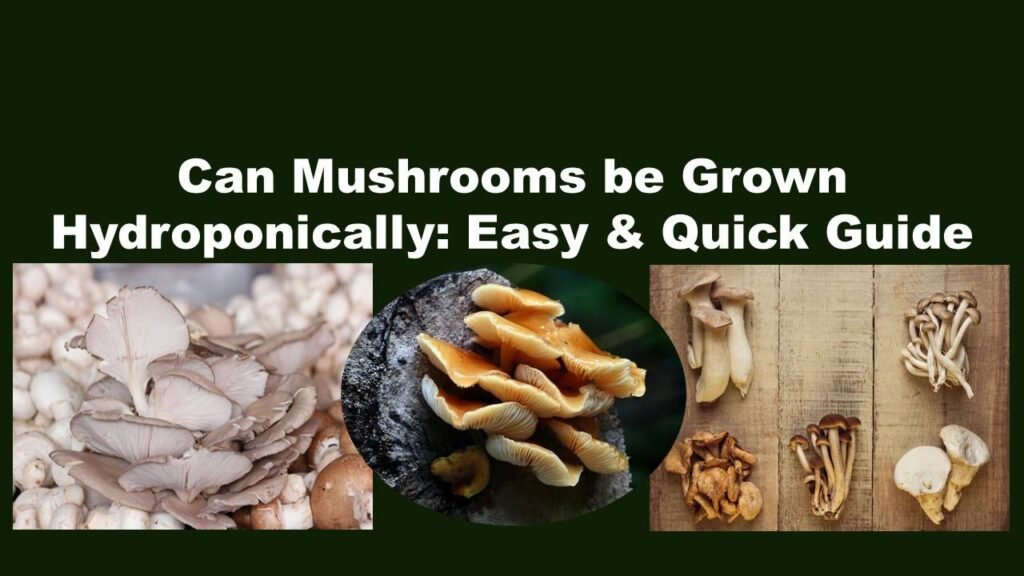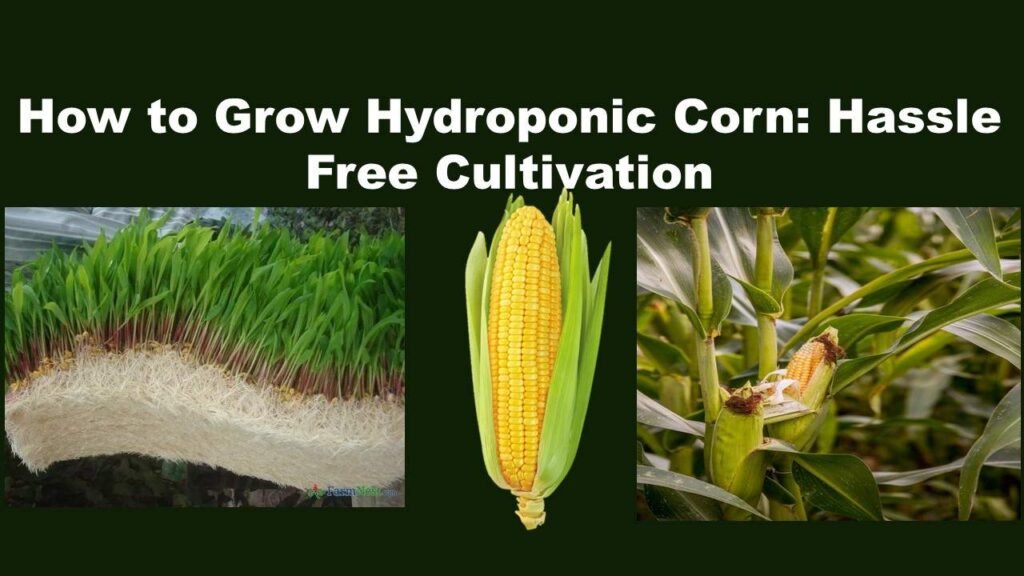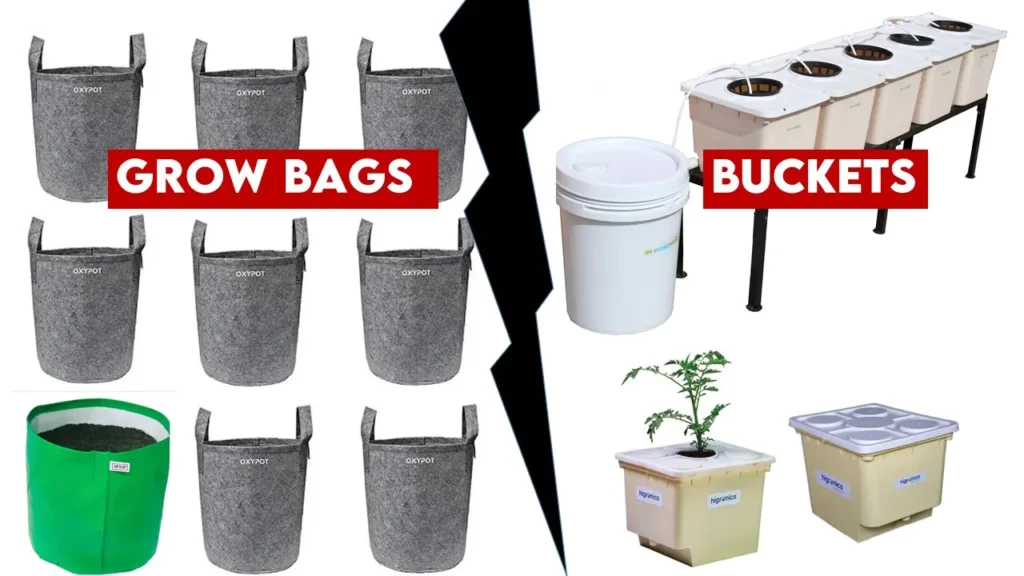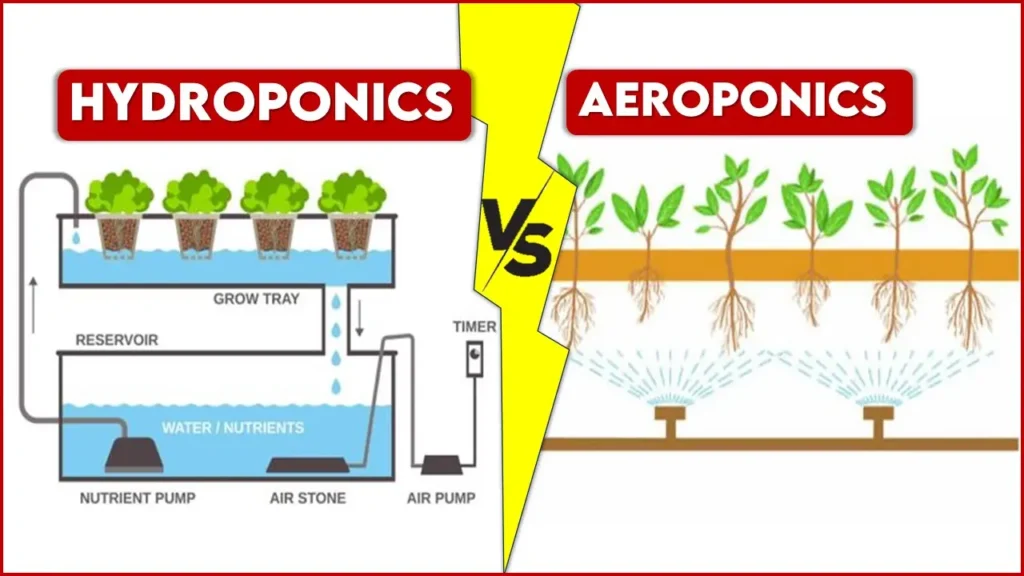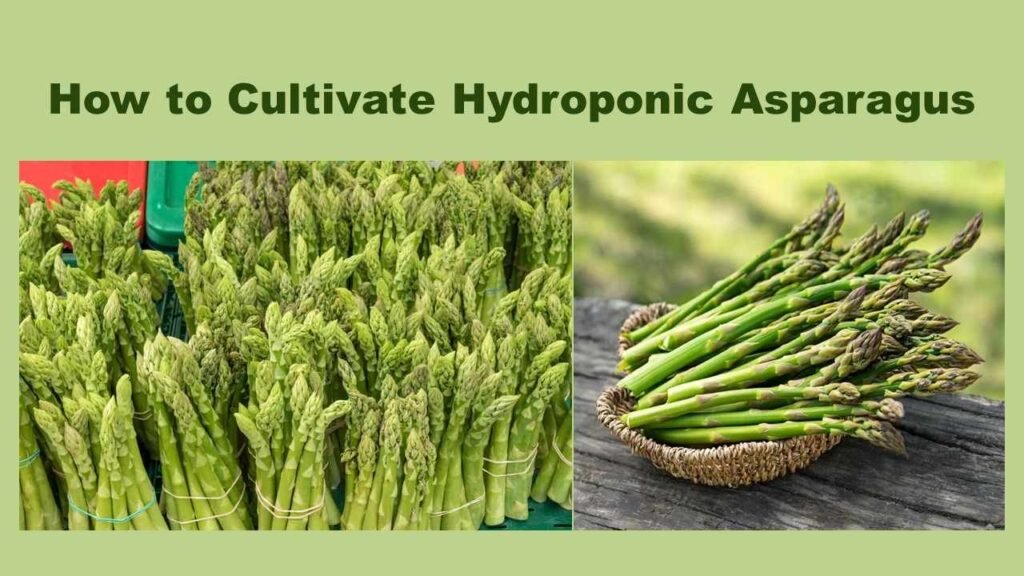Best Plants for Hydroponics Systems
Now that you know about the different types of hydroponics systems, their setup, and the different growing methods, the next step is to select the plants you want to grow. You can pretty much grow anything that you want, but here is a list of the best-suited plants for hydroponics.
Lettuces
The ideal temperature for lettuces needs to be cold, and the desirable pH is between 6 and 7. They are the perfect ingredient for all salads and are the most commonly grown plants with hydroponics. They don’t take long to grow and are quite easy to take care of. The ideal hydroponics systems for lettuces are NFT, aeroponics and an ebb and flow system. This is the best plant to start with for a beginner.
Tomatoes
They need a slightly warmer climate to grow, and the desirable pH is between 5.5 and 6.5. Different types of tomatoes, like the regular ones and the cherry varieties, are usually grown by a hydroponic hobbyist as well as commercial growers. Technically, a tomato is a fruit, but many seem to think of them as vegetables. One thing that you must be aware of while growing tomatoes is that they need plenty of light. So, you will need to invest in good growing lights if you plan to grow them indoors.
Radishes
They need a slightly cold climate to grow, and the desirable pH is between 6 and 7. Radishes are full of flavor, and they also make for a good flavouring mix when combined with other vegetables. Radishes are quite easy to grow in the soil as well as with hydroponic systems. Starting them with seeds is ideal—the seeds take less than a week to sprout. They tend to thrive in cold climates, so you don’t have to worry about any lighting.
Kale
They need a moderate climate (cool to warm) to grow, and the desirable pH is between 5.5 and 6.5. Not only is kale a superfood, but they are quite tasty as well. You can add them to any dish to drive up its nutrient value. It is quite easy to grow kale, and it is ideal for a beginner. Kale tends to thrive when grown hydroponically and it doesn’t need much maintenance.
Cucumbers
They need a slightly warmer climate to grow, and the desirable pH is between 5.5 and 6. They are common vines and can be grown indoors as well as in commercial greenhouses. Under the right climatic conditions, they proliferate and give out a high yield. There are different types and sizes you can choose from—you can opt for the thick-skinned American cucumbers, the long and thin-skinned European seedless variety or even the smooth-skinned Lebanese cucumber. As long as you provide them with a warm climate and sufficient light, the cucumber vines will thrive.
Spinach
They need a slightly moderate climate to grow (cold to warm), and the desirable pH is between 6 and 7. You can either add it to a salad raw or cook it. Spinach tends to thrive in a water-based growing environment. It is adapted to cold growing conditions, so it doesn’t need much light. You can either tear off a couple of leaves as and when you need them or even harvest it all at once. If you can provide the right growing environment, you can get up to 12 weeks of continuous harvest.
Beans
They need a slightly warmer climate to grow, and the desirable pH is 6. Beans are not only low-maintenance but can also prove to be quite productive. There are multiple types of beans to choose from, like green beans, lima beans, pinto beans, and pole beans. You need a vertical stake like a trellis or something else to help the pole beans grow. They take about three to eight days to germinate. You can start harvesting them within six to eight weeks. After that, you will notice a conventional crop for three to four months.
Basil
Basil needs a slightly warmer climate to grow, and the desirable pH is between 5.5 and 6.5. Basil is one of the resilient varieties that thrive in a hydroponic system. It is therefore not a surprise that it’s the most widely grown herb in hydroponic gardening. It is best suited for drip and NFT systems of hydroponics. You can start harvesting the leaves on a weekly basis once the plant is mature. Basil requires a lot of light, and any deficiency in it will result in poor growth and yield. Ensure that you expose it to light for at least 10 hours per day.
Mint
Mint needs a slightly warmer climate to grow, and the desirable pH is between 5.5 and 6. Mints such as spearmint and peppermint are extensively grown using hydroponics. They are quite aromatic, flavorful, refreshing, and pungent (in a good way). They can be easily added to food as well as beverages. The roots of these plants spread rather quickly, so using hydroponics to grow them is a good idea.
Strawberries
They need a slightly warmer climate to grow, and the desirable pH is 6.They are quite suited for hydroponics. They are the most commerciallyproduced fruits using hydroponics. The NFT system is the best method togrow strawberries. Once the plant is fully mature, you can enjoy a freshbounty all year long.
Blueberries
They need a slightly warmer climate to grow, and the desirable pH is between 4.5 and 6. The best method to grow them is using an NFT hydroponics system. Growing them from seeds is difficult, so I suggest you grow them by transplanting. These plants take longer to bear fruits, so you will need to be quite patient with them.
Peppers
They need a slightly warmer climate to grow, and the desirable pH is between 5.5 and 6. They need a growing condition that’s quite similar to that of tomatoes. Peppers can take anywhere between two to three months to fully mature. You can either start them from seeds or even from plants. The ideal varieties of peppers to choose from are jalapeno and habanero. Growing crops in summer is easy, but with the help of hydroponics, you can grow crops in any season. The main reason for this is that the plants no longer have to expend a major chunk of their energy reserves for seeking nutrients by sending out their routes, and hence they have more energy for growing. Another advantage of hydroponics is that you don’t need to tend to your garden every single day.
Join Our Hydroponics Growers Group!
Connect with fellow hydroponics enthusiasts, share your ideas, ask questions, and grow together as a community.
👉 Join WhatsApp Group
